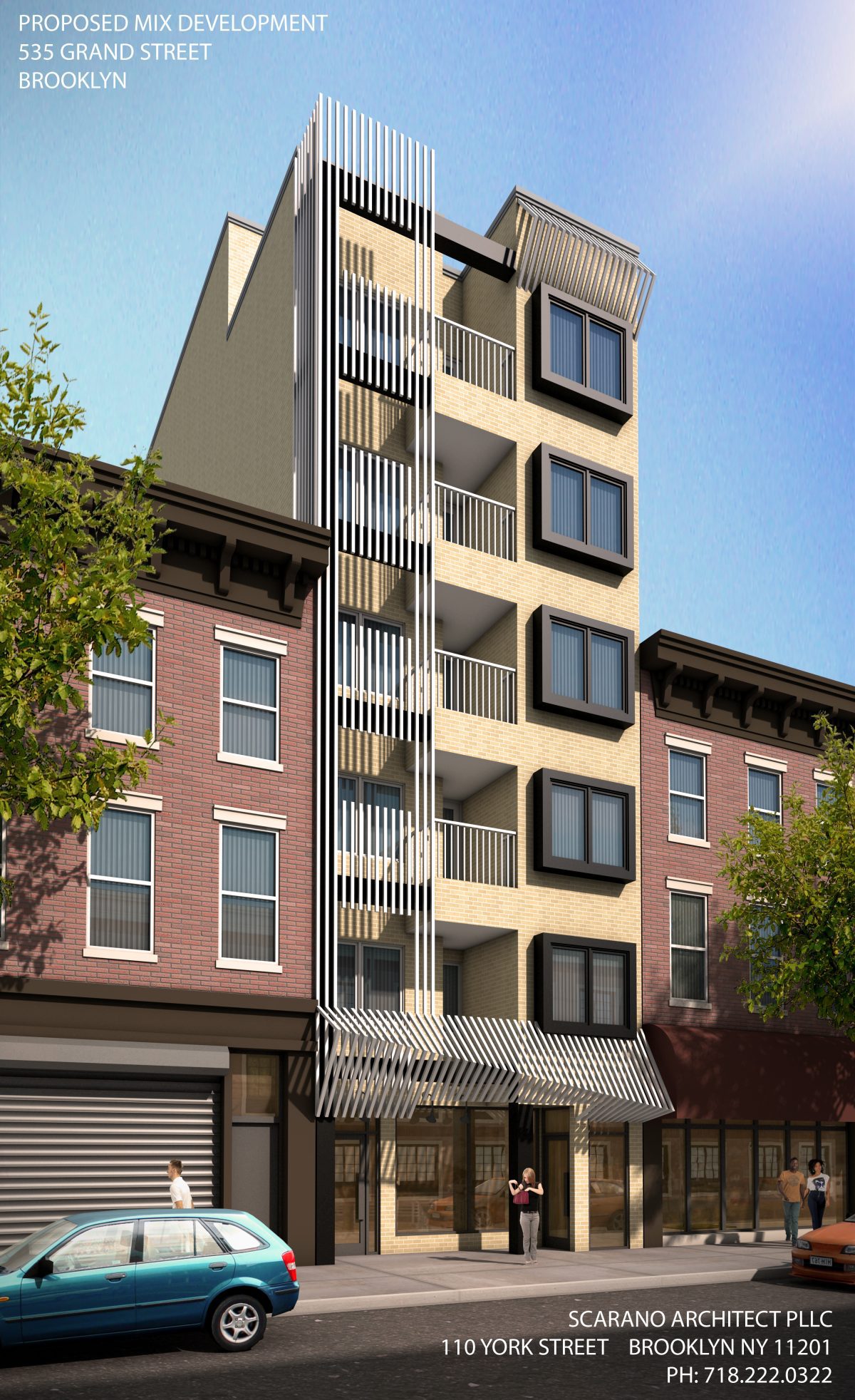Modern architecture is a style of building that emphasizes function over
ornamentation. This design aesthetic is a departure from more elaborate
and decorated homes. Modern Architectural Design & Modern Architects work to reinvent ways of
building that focus more on how humans live versus what they find to be
beautiful. It is not by definition beautiful, but innovative, experimental
and minimal. The most common theme to remember is the elimination
of ornaments. The dawn of modern architecture came at a time when
hand-labored craftsmanship was being replaced with machine-made
industrialization.
The birth of modern design emerged with the thought, “form should
follow function.” This mantra became the foundation for modern
architects. The idea is attributed to architect Louis Sullivan, although he
credited the concept to the ancient Roman Vitruvius. Louis
Sullivan was an American architect who has been called the “Father of
Modernism” and “Father of Skyscrapers.” Sullivan was a mentor to Frank
Lloyd Wright. He designed buildings for the popular 1893 Chicago
World Fair. Other popular pioneers of modern architecture include Frank
Lloyd Wright, Staatliches Bauhaus, Ludwig Mies van der Rohe, and Le
Corbusier.
Earlier styles of modern architecture still had some use of ornamentation.
For instance, Frank Lloyd Wright would incorporate art glass windows so
that no additional artwork was needed
There are many styles of modern architecture & Modern Architectural Design. Here are some of the
more common features that can be seen across many different forms.
- Clean, minimal lines. These lines lack additional
ornamentation and are generally consistent, smooth textures. - Broad roof overhangs. Several modern homes emphasize
low, horizontal structures with large roof overhangs. - Walls of glass and large windows. You will find a very
- generous use of glass, which allows a significant amount of
natural light into the interior. - Open and well-defined floorplans. Since modern
architecture focuses on form over function, architects sought
to include large, spacious floorplans with dining and living
spaces that flowed into one another. - Modern and traditional building materials. Some common
materials in modern homes include steel, concrete blocks,
iron, and glass. More conventional building materials like
wood, brick, and stone were used in more straightforward
ways to show off their natural beauty. - A relationship to the outside environment. A lot of thought
when into building sites and how buildings would relate to
the natural landscape surrounding them. - Asymmetrical designs. Modern architects played around
with large, smooth shapes and asymmetrical compositions
that were cleanly planed and lacked any additional
decoration. - In summary, modern architecture began in the early 1900s and ended
around the 1960s when more contemporary designs took over. The basic
principles of modern architecture include “form following function,”
clean lines, and a lack of ornamentation. Eventually, modern principles
became too cold for everyday living due to an excess of space and the
stark nature of the building materials. This led to the eclectic mix of
styles popular today. What design trends do you think will be popular in
the future?



Leave a Comment